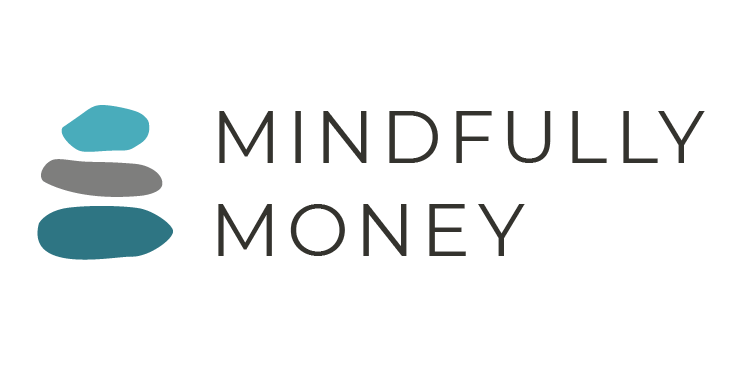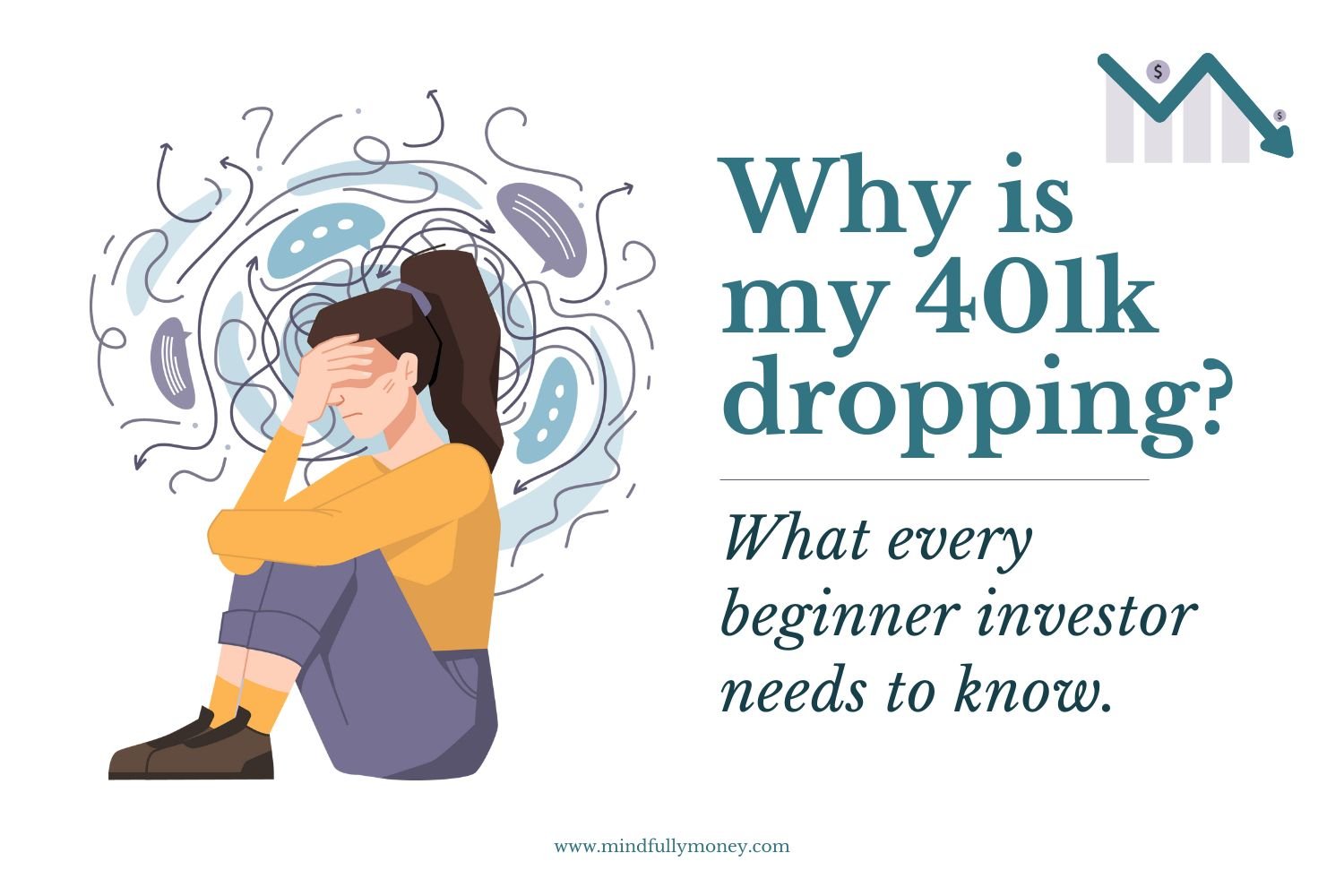How to Decide Where to Open a Roth IRA
So you’ve decided to open a Roth IRA and now you’re wondering where to open your Roth IRA?
(If you’re seeing this and wondering what the heck a Roth IRA even is, don’t worry, I’ve got you. Learn the basics here.)
First I want to congratulate you, because making the decision to open one and put money in it is probably the most important part. A Roth IRA is one of the best ways to save for retirement because it offers tax-free growth of investments and tax-free withdrawals in retirement. Using a Roth IRA to set aside and invest money for the future is going to be a huge boost to retired you’s lifestyle.
All the other details, like where to open your account and even how to invest in it, really aren’t as important. While they do play a role in the overall growth of your account, the impact just isn’t as big as the one made by saving in the first place. You definitely don’t want to let those piddly little decisions hold you back from opening and funding your Roth IRA.
That said, you still do have to pick a company that will hold and manage your Roth IRA. Luckily, there are many great options. In order to explain what options you have for your Roth IRA and how to decide between them, I’m going to tell you the story of my own Roth IRA.
I was SUPER DUPER lucky that my parents opened a Roth IRA for me well before I knew what one was. I started working during the summers in a local gift shop when I was 15, and before that I worked in my parents’ business checking in inventory and filing documents. At some point, my parents helped me put some of my earned income into a Roth IRA. (If you’re a parent, please do this for your child!!!)
That first account was with T. Rowe Price because for some reason my dad really likes them. In fact, just liking a company is a perfectly fine reason to choose them as your brokerage firm. (Brokerage firm is a fancy way of saying a company that holds your investments for you—kind of like how a bank or credit union is a place that holds your savings and checking accounts for you.)
Option #1: Open a Roth IRA at a brokerage firm that you like.
This might be because you have other accounts with said company and you want the convenience of having everything in one place. Maybe they have an interface that makes sense to you and is easy to use.
Or perhaps you like the company’s values. Maybe you’re a financial feminist and want a company that is designed for women and run by women, so you open an account at Ellevest.
Although there is nothing wrong with T.Rowe Price (don’t feel like you have to switch if you have an account with them), I didn’t really like the website and they charge pretty high fees on their mutual funds.
So when I got married, I decided to transfer my Roth IRA to the investment advisor that my husband really likes. It was a very different experience because my account was being actively managed—the advisor would call and make recommendations on specific stocks, bonds, mutual funds, etc.
Option #2: Hire an investment advisor or financial planner to manage your account for you.
This is a great option for anyone who either wants someone to just manage it all for them or for someone who wants to use more advanced investment-picking strategies and wants the advice of a professional.
I have a lot of respect for that advisor, but ultimately I felt really intimidated by talking to him and decided I should start learning all of this on my own. Plus, the more a person does to manage your account, the higher the fees. Even if you don’t see the fees listed on your statement, they are typically there, eating away at your returns.
So I decided to switch to something else where I could manage my investments on my own (because let’s face it, I’m an introvert who also likes to be in control of things), and I ended up at Charles Schwab.
Why Schwab? At the time, Schwab was one of the few offering no account fees, no minimums, low or no trading fees, and a good selection of low-fee index funds. (This is not investment advice.)
In addition, Schwab is easy to use and provides lots of helpful tools and information to help you manage your accounts and investments.
(I am not receiving compensation from Schwab and am not necessarily even recommending that you open your account with them.)
Option #3: Open an account with one of the major brokerage firms offering no fees, good service, and a variety of low-cost investment options.
The major investment firms (such as Fidelity, Vanguard, and Schwab) all have fairly similar offerings now, but there are many more options beyond those three. If you don’t have a strong pull toward any of the other options (a company you like or an investment advisor you trust), look at these low-cost options. Explore their websites and see which one appeals to you the most based on the type of information they have and how easy their website is to navigate.
In the end, I suspect I’ll stay with Schwab for the foreseeable future because I’m happy with my experience. In fact, I also rolled my 403b into an IRA with them and opened a free checking account with them because they reimburse all ATM fees from nearly any ATM.
Does it really matter?
In theory, having the right mix of investments for you and reducing the amount of fees you have do matter in the long run, but it’s difficult to really compare the performance of one option versus another. You don’t know how much your account change was influenced by the specific investments you had, general market trends, or fees you paid.
In the end, only one thing was consistent and clearly influenced the growth of my account: yearly maximum contributions. Every year I put in the maximum amount allowed. That is the part that really makes a difference. If you don’t put the money in, it’s not going to grow. Getting all the other details right? That’s the icing on the cake.
So if you’ve been holding off on opening a Roth IRA (or IRA) because you didn’t know where to open an account, just pick one and get started.
Pin this image to save for later:








